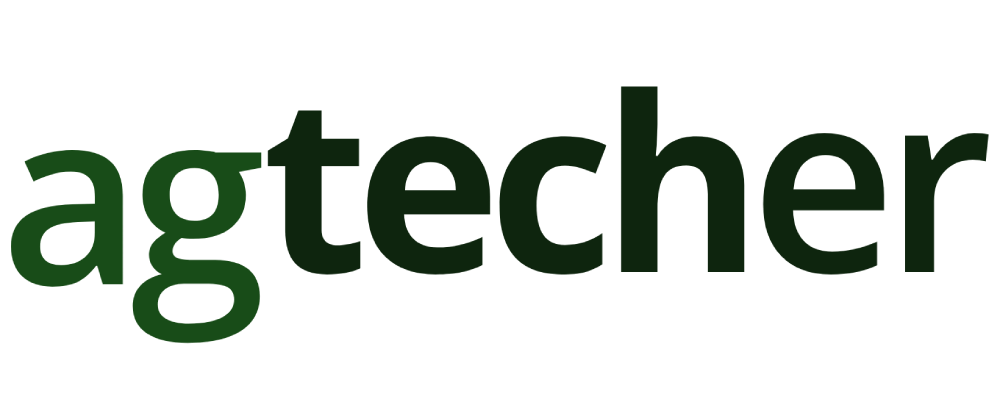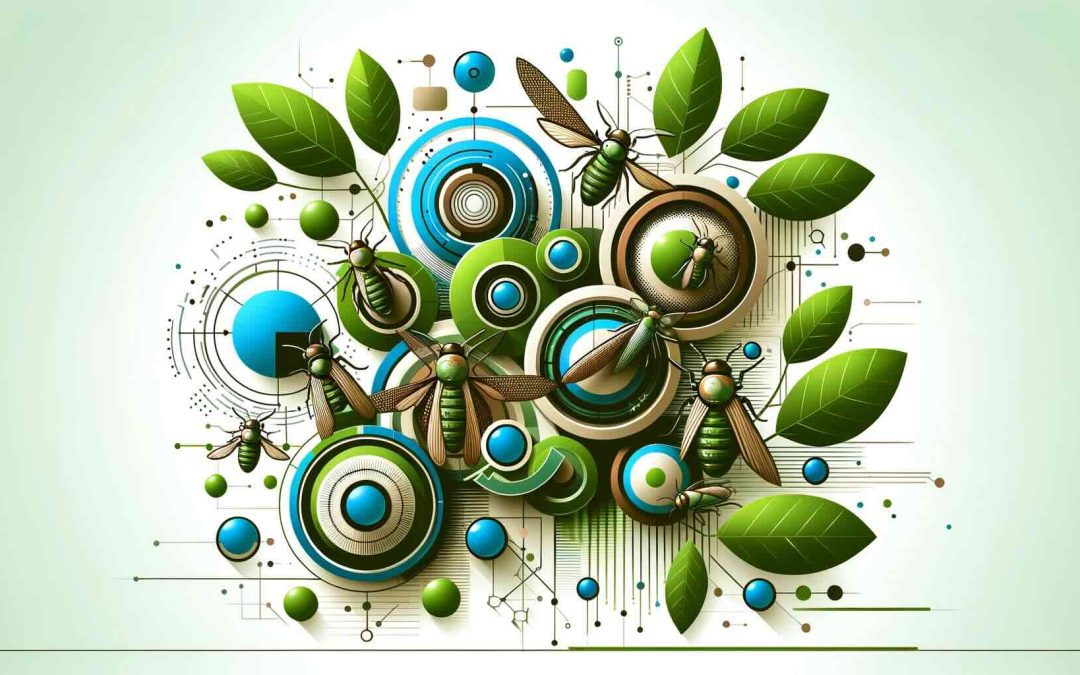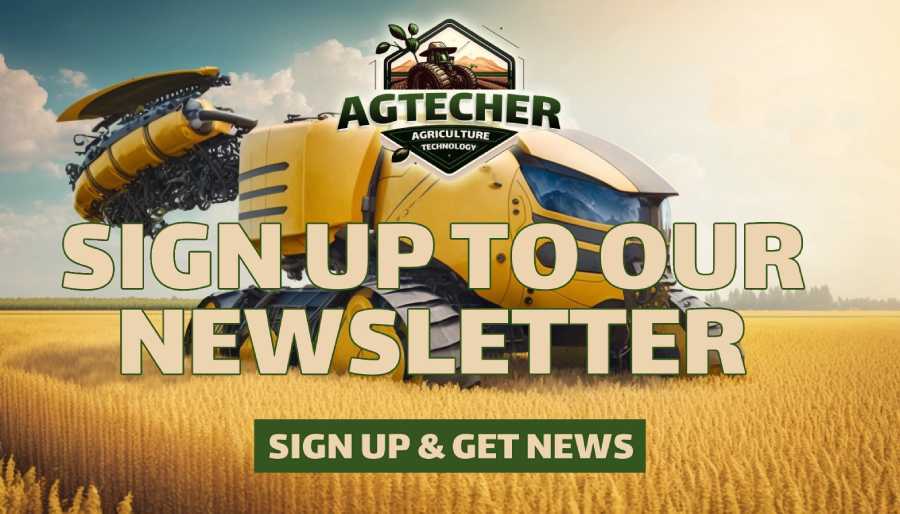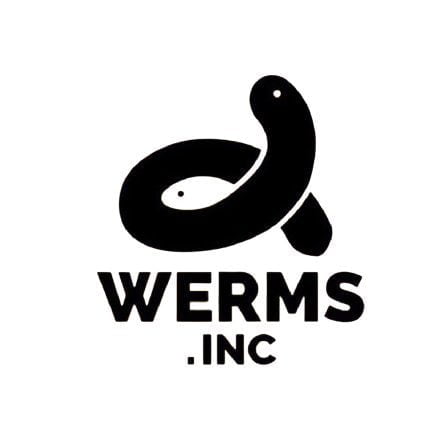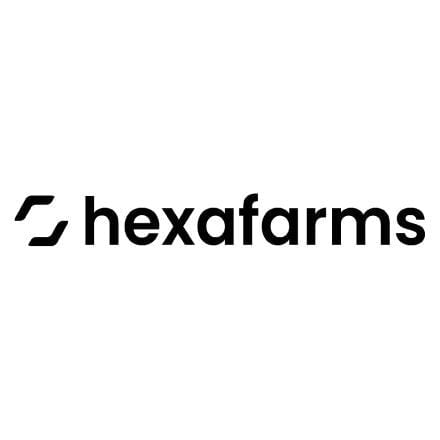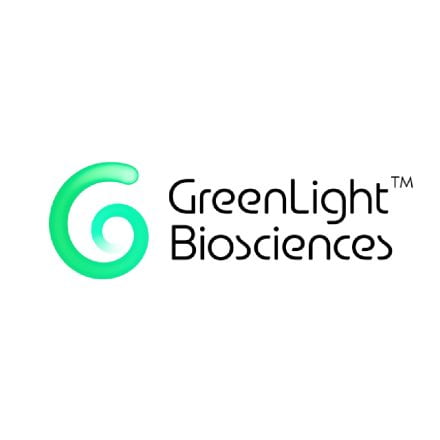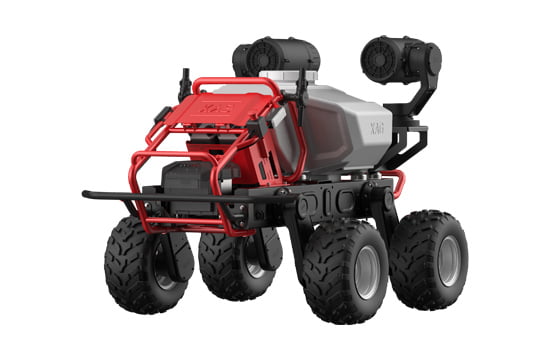پرورش حشرات، همچنین به عنوان Entomoculture شناخته می شود، یک زمینه رو به رشد که در تلاش برای مقابله با چالش های پایدار پایداری مواد غذایی است، به عنوان نمادی از نوآوری در کشاورزی است. اشتیاق برای گسترش این حوزه از ظرفیت ذاتی آن برای کمک به برنامه های جهانی پایداری ناشی می شود. یک گزارش تغییر پارادایم در سال 2013 توسط سازمان خواربار و کشاورزی (FAO) گام های توسعه گسترده ای را در دانشگاه و صنعت برانگیخت و زمینه را برای کشت حشرات در مقیاس بزرگ برای غذا و خوراک فراهم کرد.ون هویس و همکاران، 2013). با این حال، سفر به سمت پرورش فشرده و تجاری حشرات مملو از پیچیدگی ها و موانعی است که نیاز به درک جامع و راه حل های استراتژیک دارد.
طلوع کشاورزی حشرات: مقدمه
مزایای زیستمحیطی کشاورزی حشرات بسیار زیاد است، بهرهوری بالاتر تبدیل خوراک، کاهش وابستگی به زمین، مصرف آب حفظ شده و انتشار گازهای گلخانهای کمتر. شگفت آور است که حشرات می توانند 2 کیلوگرم غذا را به 1 کیلوگرم توده حشره تبدیل کنند، در حالی که گاو برای تولید جرم مشابه به 8 کیلوگرم خوراک نیاز دارد.
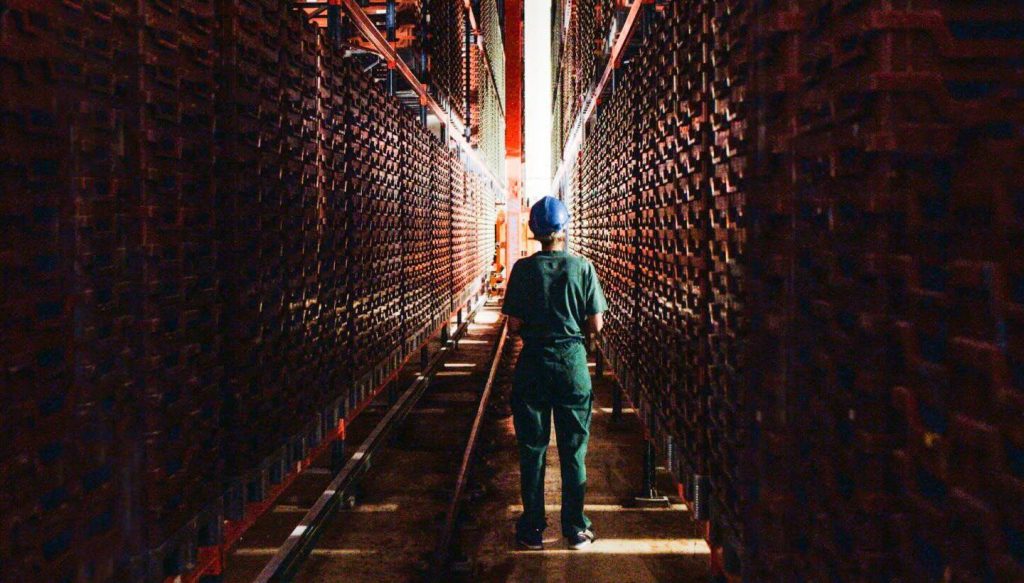
حشره: یکی از شرکت های پیشرو پرورش حشرات (حساب کپی رایت)
این پتانسیل صنعت پرورش حشرات را برای پرداختن به چالش پایداری پیش روی سیستمهای تولید مواد غذایی فعلی روشن میکند.
پرورش حشرات یک صنعت کوچک اما در حال رشد در سطح جهانی است که پتانسیل کاهش ردپای زیست محیطی تولید خوراک دام را دارد.
- ماری پرسون
علیرغم این پیشرفتهای زیستمحیطی، چشمانداز اقتصادی پرورش حشرات چشماندازی ترکیبی از معضلات و پتانسیلهای خاص صنعت غذای پایدار در کشورهای خاص را آشکار میکند. افزایش مقیاس پروژههای تحقیقاتی دانشگاهی به سرمایهگذاریهای صنعتی تجاری که عمدتاً در هزینههای سرمایه بالا ظاهر میشود، چالش قابلتوجهی است. علاوه بر این، بسیاری از فناوریهای مرتبط در مقیاسهای بزرگ اثبات نشده باقی میمانند و نگرانیهایی را در میان سرمایهگذاران برانگیختهاند که به دلیل نقاط عطف از دست رفته در این صنعت نوپا برجسته میشوند.
پرورش حشرات می تواند یکی از راه حل های اصلی برای مشکل چگونگی تغذیه جمعیت رو به رشد جهانی باشد.
- آرنولد ون هویس
با اذعان به این چالش ها، تاکید روزافزون بر استراتژی های تجاری با هدف نبوغ عملیاتی، دلگرم کننده است. اتوماسیون و عملیات مبتنی بر داده ها بسیار مهم تلقی می شوند، زیرا شرکت هایی مانند FreezeM و Entocycle خدمات پرورش تخصصی را پیشتاز می کنند. محصولات نهایی آنها، مانند وعدههای غذایی حشرات و روغنهای غنی از مواد مغذی، در حال یافتن بازارهایی در صنایع غذایی حیوانات خانگی و خوراک دام هستند و تنوع صنعت پرورش حشرات را به نمایش میگذارند.
با پیشبینی صنعت مبنی بر سرمایهگذاری $1.65 میلیارد، بخش پرورش حشرات مرزی هیجانانگیز، هرچند پیچیده برای نوآوری کشاورزی ارائه میکند. از آنجایی که این صنعت مقیاس تجاری را با پیچیدگیهای ذاتیاش متعادل میکند، همچنان نویدبخش راهحلهای اقتصاد دایرهای پیشگام و آشکار کردن بازارهای دستنخورده است.
تاریخچه Entomoculture
پرورش حشرات، یا حشرهپروری، یک عمل غرق در تاریخ است که به رژیم غذایی تمدنهای اولیه بشری بازمیگردد. در حالی که این روش سنتی استفاده از منابع برای قرنها در فرهنگهای مختلف پایه اصلی بوده است، در حال حاضر در حال تجربه یک احیای جهانی در راستای تعهد فزاینده نسبت به تولید پروتئین پایدار و کارآمد است. حوزه حشرهکشی روی یک بستر عظیم با بیش از 2000 گونه حشره قرار دارد که برای رژیم غذایی انسان مناسب هستند، و هر ساله شاهد گسترش این فهرست در مقیاس تجاری هستیم که نشاندهنده پیشرفت و پتانسیل امیدوارکننده این صنعت پایدار است.
باید به حشرات به عنوان غذا فکر کنیم. آنها منبع عالی پروتئین هستند و ما باید از آن بهره ببریم.
- دانیلا مارتین
نویسندگان برجسته ای مانند ون هویس و همکاران، در گزارش سال 2013 خود با حمایت سازمان خواربار و کشاورزی ملل متحد (FAO) نشان داده اند که حدود 2 میلیارد نفر در سراسر جهان حشرات خوراکی را به عنوان بخشی از وعده های غذایی خود مصرف می کنند. چنین سنت آشپزی که به نام حشرهخواری شناخته میشود، ریشه در مکانهای مختلف درست از آسیا تا آفریقا و تا آمریکای لاتین دارد. این سطح از مشارکت جهانی نقش قدرتمندی را که پرورش حشرات در تعیین آینده شیوههای کشاورزی و چشمانداز سیاستها ایفا میکند، برجسته میکند. این نگاهی به آینده ای محتمل را نشان می دهد که در آن حشره کشی می تواند بخشی جدایی ناپذیر از تولید غذا و حفظ محیط زیست باشد. در مورد شیوه های کشاورزی بیشتر بخوانید.
| دوره زمانی | نقطه عطف |
|---|---|
| زمان های قدیم | حشرات بخشی از رژیمهای غذایی سنتی در فرهنگهای مختلف در سرتاسر جهان بودند، با ارجاعات تاریخی به مصرف حشرات در کتاب مقدس، یونان باستان و روم باستان. |
| اوایل دهه 1900 | پذیرش غرب از حشرات با اردوگاه های بدوی آغاز شد که در آن حشرات منبع غذایی آسان و فراوانی را فراهم می کردند. |
| 1975 | اولین مزرعه حشرات در هلند پرورش تجاری کرمهای آرد را برای استفاده در غذای حیوانات خانگی آغاز کرد. |
| 2013 | گزارش فائو در مورد پتانسیل حشرات به عنوان غذا و خوراک به افزایش علاقه و سرمایه گذاری در پرورش حشرات کمک کرد. |
| 2018 | اتحادیه اروپا اجازه استفاده از حشرات در خوراک آبزی پروری را صادر کرد و باعث رشد بخش پرورش حشرات شد. |
| امروز | پرورش حشرات به عنوان یک راه حل پایدار برای غذا و خوراک، با پتانسیل در مدیریت پسماند و پایداری کشاورزی پدیدار شده است. چندین استارتاپ در حال ورود به این حوزه هستند. |
با این حال، پیشرفت و پتانسیل حشرهکشی، هرچند قابل توجه، با مجموعهای از چالشها و اقدامات نظارتی همراه است. موانعی مانند هزینههای سرمایه بالا، فشار عملیات مقیاسپذیری و عدم اطمینان سرمایهگذاران بر سر راه رشد بیوقفه در این بخش قرار دارند. با این حال، پیشبینی مثبتی در مورد تبدیل این موانع به پلههایی برای پیشرفت صنعت وجود دارد. پیشرفتهای تشویقکننده در این زمینه شامل اتحاد استراتژیک با شرکتهای مستقر و تاکید بیشتر بر اتوماسیون و روشهای مبتنی بر دادهها برای مقابله با این موانع است.
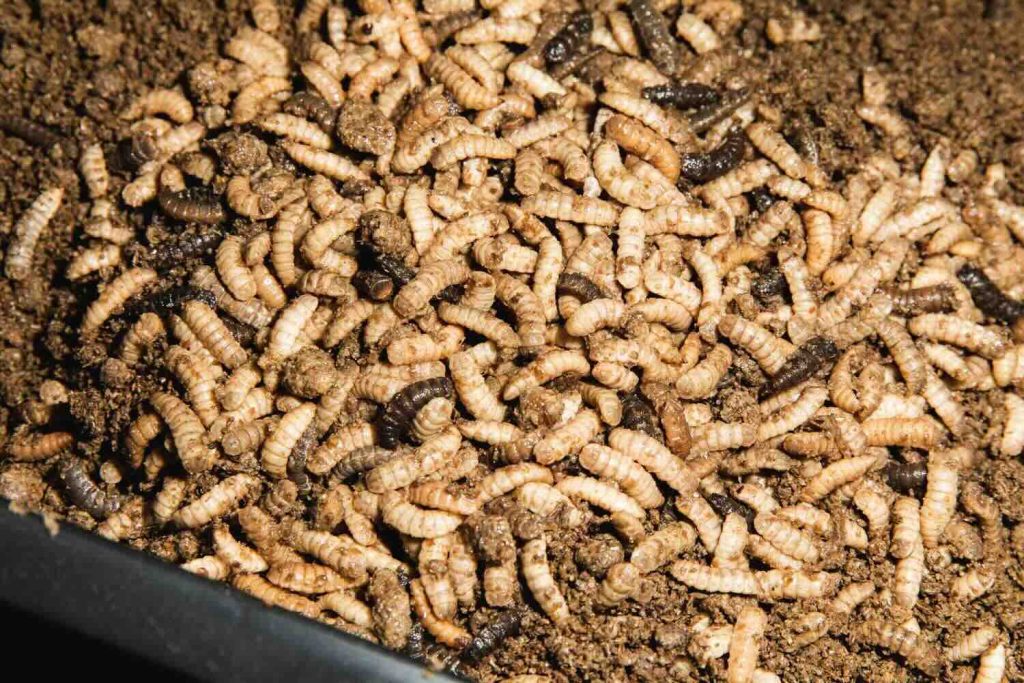
Entocycle: لارو در جعبه (حق نشر Entocycle)
پتانسیل قانعکنندهای که بخش کشاورزی حشرات دارد، مستلزم بررسی کامل، بحث اختصاصی، و گفتگوی بیوقفه در سفر به سمت سیستمهای غذایی سازگار با محیط زیست و موثر است. در این تلاش، همه ذینفعان، از جمله شرکتهای نوپا، نهادهای سرمایهگذاری، توسعهدهندگان سیاستها و مصرفکنندگان، نقشهای اساسی دارند. از آنجایی که بخشهای صنعتی مانند غذای حیوانات و غذای حیوانات خانگی اهمیت پروتئینهای حشرات را درک میکنند و بازارهای متنوعی مانند آبزیپروری، مرغداریهای حیاط خلوت، مراقبتهای بهداشتی و الکترونیک شروع به آزمایش آبهای حشرهکشی میکنند، مسیر آینده پرورش حشرات فوقالعاده امیدوارکننده به نظر میرسد.
ظهور پروتئین های حشرات در خوراک دام
روندهای متمایز در صنعت خوراک دام بر گنجاندن رو به رشد پروتئین های حشرات تاکید می کند. منابع سنتی مورد استفاده مانند پودر ماهی، سویا و غلات جای خود را به جایگزین های پایدار و کارآمدتر در سال های اخیر داده اند. مطالعه ای از سازمان خواربار و کشاورزی ملل متحد تاکید کرد که حشرات خوراکی دارای محتوای پروتئین بالایی هستند که آنها را جایگزین مطلوبی برای غذای معمولی حیوانات می کند.
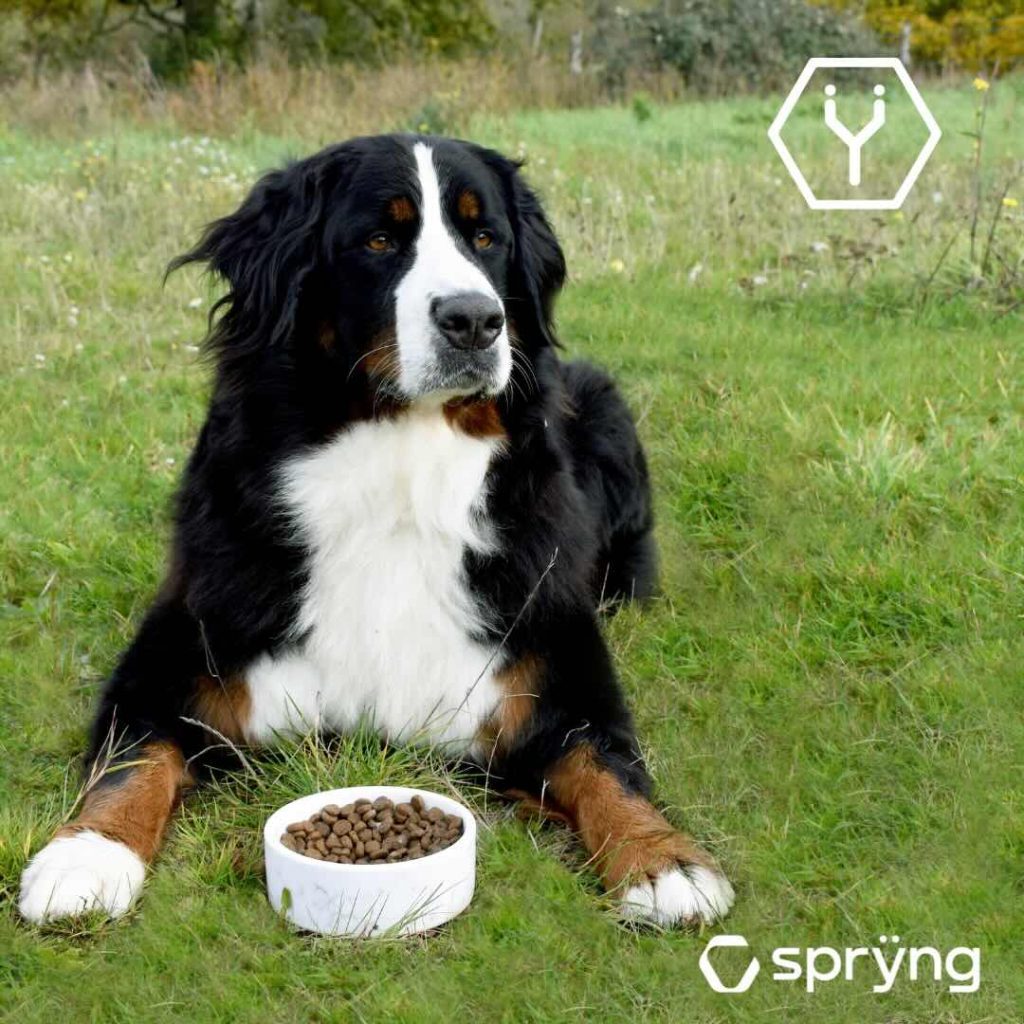
غذای حیوانات خانگی از طریق Ynsect (حق نشر ynsect)
این تغییر به سمت نوآوری علوفه با افزایش تعداد استارت آپ هایی که از پتانسیل حشرات استفاده می کنند، آشکار می شود. به عنوان مثال، لارو مگس سرباز سیاه که سرشار از پروتئین، لیپیدها و مواد معدنی هستند، به عنوان یک بازیگر تاثیرگذار در این سناریو ظاهر می شوند. پیشگامانی مانند "پروتیکس و 'ورودبا تبدیل ضایعات آلی به خوراک غنی از مواد مغذی، مرزها را پیش میبرند و مزایای دوگانه چنین شیوههایی را نشان میدهند: پایداری و سودآوری.
همانطور که در مقاله ای از "ScienceDirect" اشاره شده است، جایگزینی پروتئین گوشت با حشرات خوراکی معادل مزایای زیست محیطی قابل توجهی است. این حرکت به سمت حشرهخواری به حفظ منابع، کاهش انتشار گازهای گلخانهای و کاهش تقاضا برای زمینهای زراعی کمک میکند، در حالی که به طور همزمان با افزایش پیشبینیشده تقاضای پروتئین تا سال 2050 مواجه میشود. انتشار توسط 'Sciencedirect' حشرات خوراکی: جایگزینی از ترکیبات تغذیه ای، عملکردی و زیست فعال
دکتر Fiona L. Henriquez، محققی در دانشگاه غرب اسکاتلند، معتقد است: «با توجه به ارزش غذایی بالا و اثرات زیست محیطی کم حشرات، آنها یک ماده اولیه خام مورد استفاده را نشان می دهند که می تواند به پاسخگویی به تقاضای فزاینده برای پروتئین در خوراک دام کمک کند. . این رویکرد با هدف گسترده تر اقتصادهای دایره ای، کمک به امنیت غذایی و کاهش ردپای زیست محیطی ما هماهنگ است.
از زباله تا ثروت: حشرات به عنوان کودهای آلی
استفاده از حشرات در مدیریت پسماندهای آلی یک جایگزین امیدوارکننده و پایدار برای روشهای دفع زباله سنتی است. به طور خاص، استفاده از لارو حشرات مزایای قابل توجهی در حفظ محیط زیست و بازیابی منابع ارائه می دهد. به عنوان مثال، لارو مگس سرباز سیاه توانایی های چشمگیری در کاهش زباله نشان داده است، جایی که آنها به سرعت زباله های آلی مانند ضایعات مواد غذایی را مصرف می کنند و حجم زباله هایی را که به محل های دفن زباله ختم می شود به شدت کاهش می دهند.
نگاه ما از کاهش ضایعات به بازیافت مواد مغذی، یکی دیگر از جنبه های جذاب پرورش حشرات، جمع آوری و استفاده از عطر حشرات است - فضولات حشرات. عطر حشرات که مدتها به دلیل غنای غذایی آن شناخته شده است، یک کود آلی ارزشمند است که مملو از میکروبهای مفید و مواد مغذی ضروری گیاه است. کارایی آن در بهبود سلامت خاک و بهره وری محصول قابل مقایسه است و اغلب نسبت به بسیاری از کودهای معمولی برتر است.
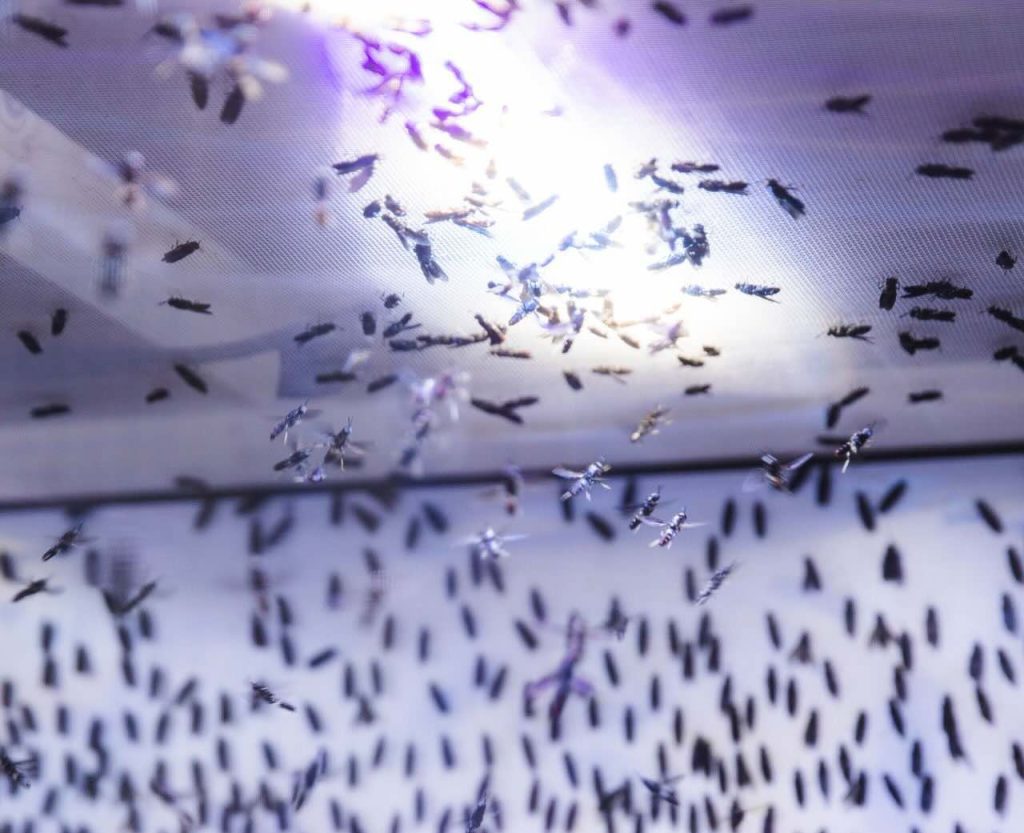
Entocycle: پرواز در اتاق پرواز (کپی رایت Entocycle)
به عنوان مثال، در نظر بگیرید که چگونه حشرات نقش مهمی در اکوسیستم ما دارند. حشرات وحشی به سادگی با پیروی از فرآیندهای زندگی طبیعی خود، عطر حشرات را پخش می کنند که خاک را غنی می کند. در یک محیط کنترل شده مانند پرورش حشرات، ما این پدیده طبیعی را تشدید می کنیم و در نهایت مقدار زیادی کود آلی با کیفیت بالا در مدت زمان نسبتاً کوتاهی تولید می کنیم. در حالی که این رویه فعلی از مزایای پایدار برخوردار است، چندین چالش به دلیل بستهبندی و محدودیتهای قانونی وجود دارد. استفاده از محصولات کود حشرات عمدتاً به رعایت مقررات ملی و بین المللی بستگی دارد.
همانطور که ما راه های کارآمد برای مبارزه با چالش های جهانی مانند مدیریت زباله و امنیت غذایی را بررسی می کنیم، نقش حشرات توجه نوآوران جهانی را به خود جلب می کند. مزایای زیستمحیطی، همراه با پتانسیل اقتصادی، نشان میدهد که این موجودات کوچک ممکن است نقشی کلیدی در تکامل استفاده از منابع ما از خطی به دایرهای داشته باشند. تبدیل ضایعات به محصولات کشاورزی سودمند از طریق پرورش حشرات مظهر مفهوم اقتصاد دایرهای است - هیچ چیز هدر نمیرود و منابع به طور مداوم دوباره مورد استفاده قرار میگیرند.
بهره وری پرورش: پیشگامان و مشارکت آنها
برای کاوش بیشتر در پیچیدگی های پرورش حشرات، ارزش دارد نگاهی دقیق تر به شرکت هایی که این زمینه را شکل می دهند مانند FreezeM و انتوسایکل. این پیشگامان ثابت کردهاند که میتوان حشرات را به شیوهای کارآفرینانه مهار کرد و رویکردی خلاقانه و مبتکرانه برای توسعه راهحلهای غذایی پایدار نشان داد.
FreezeM استراتژی های ستودنی را برای پرورش حشرات نشان داده است. این شرکت موفق به توسعه فناوری انجماد پیشگامانه شده است که به حشرات اجازه می دهد تا برای مدت طولانی بدون از دست دادن محتوای غذایی یا ارزش خود نگهداری شوند. در نتیجه، عرضه پروتئین سالم و قوی مبتنی بر حشرات در طول سال امکانپذیر میشود و به موضوع در دسترس بودن فصلی که کشاورزی سنتی را آزار میدهد، میپردازد. FreezeM تولید پروتئین حشرات را با ارائه نوزادان مگس سرباز سیاه (BSF) در مقیاس بزرگ و با عملکرد بالا، معروف به PauseM، که در چرخه زندگی خود متوقف میشوند، افزایش میدهد.
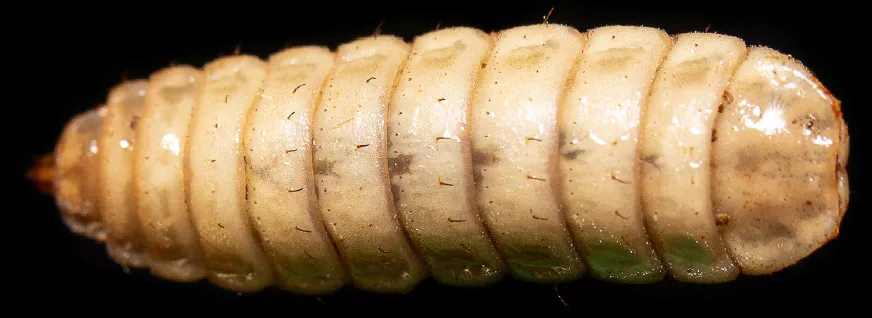
FreezeM: رشد لارو (حق نشر FreezeM)
از سوی دیگر، Entocycle رویکرد فنی تری برای پرورش حشرات اتخاذ می کند و از هوش مصنوعی همراه با تجزیه و تحلیل داده های هوشمند برای بهینه سازی فرآیند تولید استفاده می کند. این استارت آپ از لارو مگس سرباز سیاه برای تبدیل ضایعات آلی به منبع غنی و باکیفیت پروتئین استفاده می کند و عملیات پیشگامانه آن محصول تعادل زیست شناسی کاربردی با فناوری پیشرفته است. نقش حیاتی عملیات مبتنی بر داده در برنامه پرورش موفق Entocycle بر پتانسیل نوآوری دیجیتال در پرورش حشرات تاکید می کند.
این پیشگامان در این بخش، بدون شک، کارایی های بالقوه در صنعت پرورش حشرات را روشن می کنند. با این حال، باید توجه داشت که این بخش هنوز در مراحل ابتدایی خود است و به این ترتیب، نوآوریهای این پذیرندگان اولیه باید در مقیاس بزرگتری تأیید شوند تا ببینیم آیا واقعاً میتوان به کارایی در سطح صنعتی دست یافت یا خیر.
با این وجود، مشارکت FreezeM و Entocycle در پیشرفت پرورش حشرات بسیار ارزشمند بوده است. این شرکت ها از طریق رویکردهای جاه طلبانه و نوآورانه خود، راه را برای بهره وری بیشتر در این بخش هموار کرده اند و موردی قدرتمند برای ادغام افزایش فناوری در کشاورزی پایدار ایجاد کرده اند.
مروری بر کشاورزان حشرات
در زمینه گسترده کشاورزی حشرات، چندین بازیگر کلیدی ظهور کردهاند که هر کدام به توسعه و نوآوری شیوههای کشاورزی پایدار و کارآمد کمک میکنند. این سازمانها پیشرفتهای چشمگیری در تحقیقات، پیشرفتهای تکنولوژیکی و روشهای تولید داشتهاند و به طور فزایندهای در حال تبدیل شدن به چرخدندههای جداییناپذیر در بخش کشاورزی جهانی هستند.
| شرکت | محل | تخصص | مشارکت کلیدی |
|---|---|---|---|
| حشره | فرانسه | تولید کرم آرد | توسعه سیستم های انبوه پرورش خودکار |
| اگری پروتئین | آفریقای جنوبی | تولید لارو مگس سیاه سرباز | پردازش ضایعات در مقیاس بزرگ به پروتئین حشرات |
| انتوسایکل | انگلستان | تولید لارو مگس سیاه سرباز | فن آوری اجرا شده برای شرایط پرورش بهینه |
| پروتیکس | هلند | تولید لارو کرم آرد و مگس سرباز سیاه | پیشگام در راه حل های اقتصاد دایره ای |
| Exo | ایالات متحده | تولید کریکت | نوآوری در استفاده از حشرات برای محصولات غذایی |
| EnviroFlight | ایالات متحده | تولید لارو مگس سیاه سرباز | تکنیک های نوآورانه برای تولید خوراک دام |
اگر به شرکت های نوآور پروتئین علاقه مند هستید، به این موارد نگاه کنید: پروتئین بعدی, ویویسی, آربیوم, هر.
هزینه های سرمایه بالا: مانعی بزرگ در کشاورزی حشرات
در حالی که غیرقابل انکار است که پرورش حشرات به عنوان جایگزینی پایدارتر برای دامداری سنتی در حال ظهور است، اما از مجموعه چالش های خود خالی نیست. یکی از مهم ترین چالش ها مربوط به هزینه های سرمایه ای بالای مرتبط با صنعت است. شرکت های درگیر در توسعه پرورش حشرات اغلب با هزینه های راه اندازی قابل توجهی دست و پنجه نرم می کنند که نیاز به سرمایه گذاری قابل توجهی دارد.
استارتآپهای پرورش حشرات معمولاً اهداف بلندپروازانهای را تعیین میکنند که برای افزایش سریع تلاش میکنند. با این حال، این اغلب مستلزم هزینه های سرمایه ای قابل توجه برای توسعه زیرساخت ها، خرید تجهیزات پیچیده و حفظ الزامات عملیاتی است. همراه با هزینه های بالای نگهداری و عملیات، بار مالی می تواند قابل توجه باشد و سرمایه گذاری را مخاطره آمیز کند و برای سرمایه گذاران محتاط کمتر جذاب باشد.
تلاش برای تامین مالی این پروژههای مخارج سرمایهای در مقیاس بزرگ به دلیل هزینههای سرمایه بالا به طور فزایندهای دشوار میشود. تسریع پروژه های پرورش حشرات نه تنها به بودجه قابل توجهی نیاز دارد، بلکه به سطحی از اعتماد سرمایه گذاران نیز نیاز دارد که با توجه به نقاط عطف از دست رفته و خطرات تکنولوژیکی، تضمین آن دشوار است. علیرغم سرمایه گذاری بیش از $1.65 میلیارد به طور کلی در این بخش، نگرانی سرمایه گذاران همچنان یک موضوع مبرم است.
این وضعیت به دلیل مسائل بالقوه مقیاس پذیری پیچیده تر می شود. مفروضاتی که در مقیاسهای کوچکتر ایجاد میشوند، معمولاً وقتی در مقیاسهای بزرگتر اعمال میشوند، درست نمیمانند، و لایههای بیشتری از پیچیدگی و ریسک را اضافه میکنند که بسیاری از سرمایهگذاران ممکن است تمایلی به مقابله با آن نداشته باشند. این اغلب نیازمند بازنگری استراتژیک در مدلهای کسبوکار متعارف برای تطبیق با این واقعیتها است، و ملاحظات مشارکتها و سرمایهگذاریهای مشترک را به عنوان راهی برای کاهش خطرات و به اشتراک گذاشتن منابع در نظر میگیرد.
در نتیجه، در حالی که وعده های کشاورزی حشرات گسترده و قانع کننده هستند - از پایداری بهبود یافته تا ارائه محصولات نوآورانه - غلبه بر هزینه های سرمایه ای بالا به عنوان یک چالش بزرگ است. این تنها یک مانع اقتصادی نیست، بلکه برای تکامل صنعت نیز ضروری است و انعطافپذیری و ظرفیتهای نوآورانه بازیگران آن را آزمایش میکند، زیرا آنها در پیچ و خم پیچیده مسائل مالی، فناوری و مقیاسپذیری برای ساختن آیندهای پایدارتر حرکت میکنند.
چگونه یک مزرعه اشکال راه اندازی کنیم: راهنمای گام به گام
غواصی در دنیای پرورش حشرات ممکن است در ابتدا دلهره آور به نظر برسد، اما با تحقیقات جامع و درک کامل این بخش، می تواند پتانسیل امیدوارکننده ای داشته باشد.
برای شروع، مراحل زیر می تواند به عنوان یک راهنما مفید باشد:
- بازار را درک کنید: با یک تحقیق جامع در مورد روندهای فعلی بازار، مخاطبان هدف بالقوه و قابلیت های گونه حشره ای که قصد دارید پرورش دهید، شروع کنید. بر اساس گزارشی که توسط تحقیق دقیقانتظار می رود بازار جهانی حشرات خوراکی با CAGR 23.8% از سال 2019 تا 2025 رشد کند و تا سال 2025 به $1.53 میلیارد برسد، که در درجه اول به افزایش تقاضای مصرف کنندگان برای پروتئین با کیفیت بالا و منابع غذایی سازگار با محیط زیست نسبت داده می شود.
- عاقلانه سرمایه گذاری کنید: سرمایه گذاری مناسب برای تهیه ابزار لازم برای پرورش، برداشت، فرآوری و بسته بندی حیاتی است. ایجاد تعادل بین مقرون به صرفه بودن و کیفیت بسیار مهم است زیرا انتخاب شرایط پرورش و رژیم غذایی سلامت و فراوانی جمعیت حشرات شما را تعیین می کند. استفاده از اتوماسیون برای این فرآیندها می تواند منجر به کاهش قابل توجه هزینه های نیروی کار شود.
- سازگار بمانید: پرورش حشرات، مشابه سایر روش های کشاورزی، با ملاحظات قانونی و قانونی اداره می شود. به طور مرتب آخرین مقررات را بررسی کنید تا از هر گونه مخالف قانونی جلوگیری کنید.
- عملیات را به طور موثر مدیریت کنید: نظارت و مدیریت مداوم بر شرایط پرورش بسیار مهم است - دما، رطوبت، منابع و غیره. در صورت محدودیت منابع، همسویی با بازیگران مستقر در صنعت، مانند تایسون و ADM را در نظر بگیرید، احتمالاً از طریق مشارکت استراتژیک، سرمایه گذاری مشترک، یا اتخاذ مدل های فرانچایز
- بازاریابی استراتژیک: به یاد داشته باشید، بازاریابی استراتژیک می تواند چالش ها را به فرصت تبدیل کند. محبوبیت فزاینده ای از پروتئین های حشرات در بخش های مختلف وجود دارد - از منبع پروتئین جایگزین در خوراک دام، غذای حیوانات خانگی گرفته تا کاربرد در آبزی پروری، طیور حیاط خلوت، مراقبت های بهداشتی و الکترونیک همانطور که توسط سازمان غذا و کشاورزی سازمان ملل گزارش شده است. موقعیت مناسب محصول شما را قادر می سازد تا از چنین فرصت های متنوعی بهره ببرید.
منابع: تحقیق دقیق, فائو
در حالی که سفر ایجاد یک سرمایه گذاری برای پرورش حشرات مستلزم درک یکسانی از زیست شناسی و مهندسی است، همچنین پتانسیل بسیار زیادی را نوید می دهد. موفقیت تا حد زیادی به سازگاری و انعطاف پذیری یک استارت آپ برای رویارویی با چالش هایی که در راه است بستگی دارد.
درک چالش ها و فرصت های Insect AG
افزایش مقیاس پرورش حشرات مانع مهمی است که چالشهای زیادی را برای استارتآپهای فعال در این بخش خاص ایجاد میکند. هزینه های بالای سرمایه مرتبط با عملیات در مقیاس بزرگ اغلب سرمایه گذاران بالقوه را منصرف می کند و تهدیدی برای گسترش این بخش است. همانطور که توسط مرکز پایداری محیطی از طریق پرورش حشرات (CEIF) فاش شده است، این سرمایه گذاری مملو از نقاط عطف از دست رفته بوده است، که احتمالاً ناشی از کمبود دانش خاص بخش و پیچیدگی های مرتبط با پرورش پایدار حشرات برای غذا است.
چالش های افزایش مقیاس کشاورزی حشرات
تشدید بیشتر موضوع گسترش، فشار به مقیاس شتابزده است. بسیاری از استارتآپها تسلیم جذابیت رشد سریع میشوند تا متوجه شوند که مفروضات آنها در مقیاس کوچک در مقیاس بزرگتر بسیار متفاوت است. این امر ناگزیر میتواند منجر به شکستهای عملیاتی، توقف رشد و ایجاد زیان مالی قابل توجهی شود. برای مانور دادن در این مورد، کارآفرینان باید به دقت بین جنبه بیولوژیکی پرورش حشرات با مهارت مهندسی تعادل برقرار کنند تا مقیاسی هموار انجام شود.
همانطور که در یک مطالعه آمریکای شمالی گزارش شده است، چالشهای پیشبینینشده نیز به شکل ناهماهنگیهای تولید و حجم پایین تولید در کمین هستند. این تناقضات ممکن است ناشی از عوامل متعددی باشد، از جمله وظیفه پیچیده بستهبندی زبالههای آلی قبل از مصرف برای خوراک حشرات در مقیاس. چنین چالش هایی با محدودیت های نظارتی فراگیر در استفاده از زباله های آلی به عنوان خوراک حشرات ترکیب می شود.
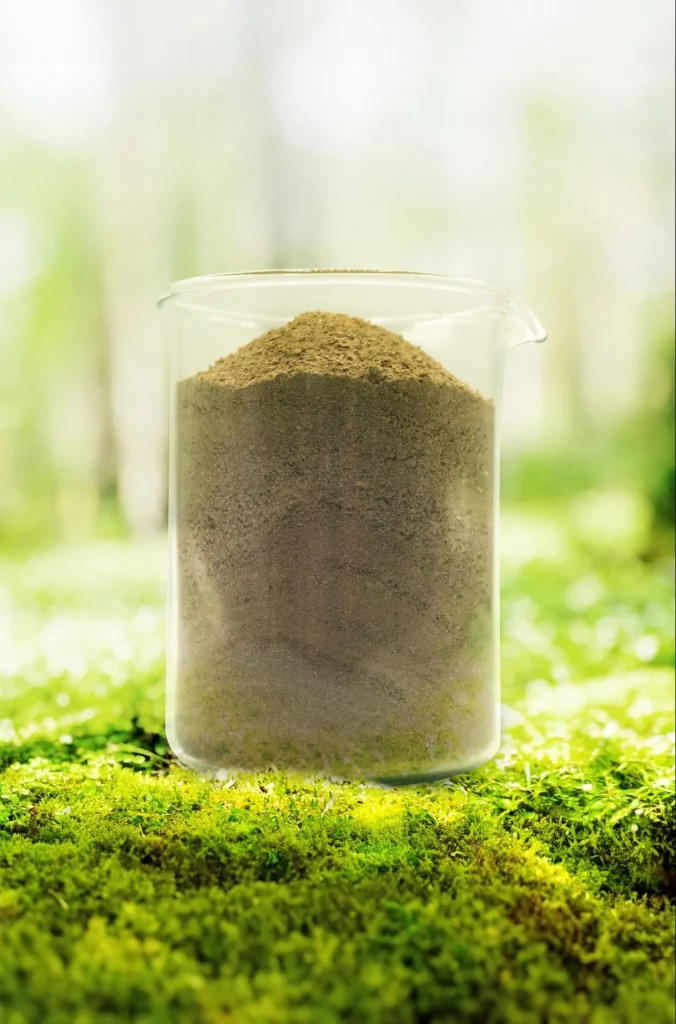
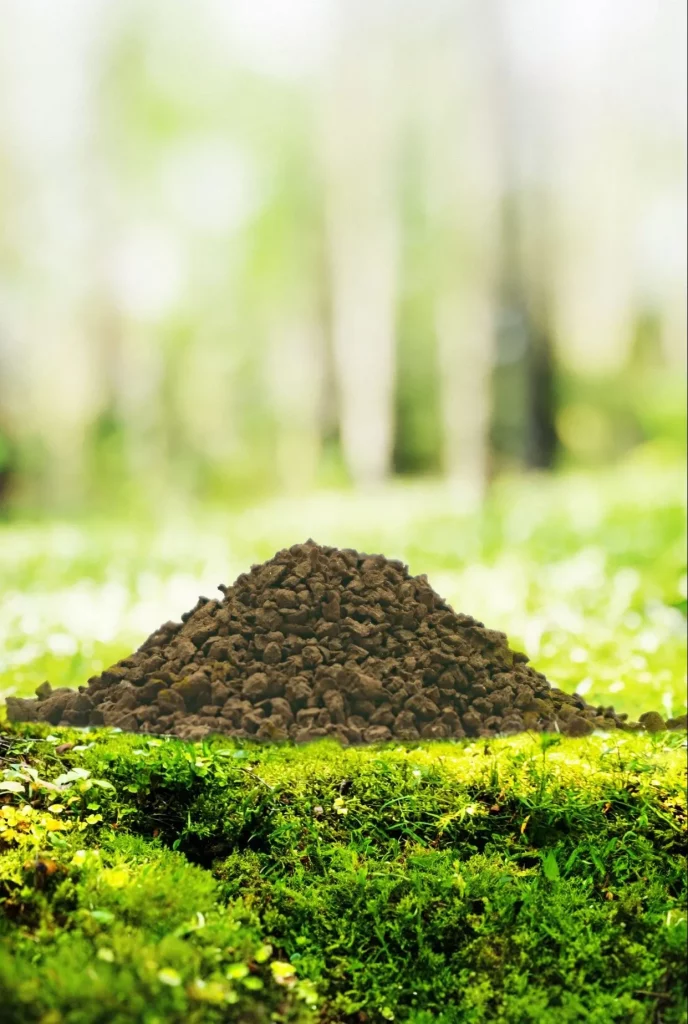




تصاویر: پروتیکس محصولات برتر مبتنی بر حشرات را برای خوراک دام و کشاورزی ارائه می دهد که بر پایداری و سلامت تاکید دارد. ProteinX آنها یک وعده غذایی پروتئین حشرات است که برای غذای حیوانات خانگی و ماهی ایده آل است، با مشخصات مواد مغذی متعادل و خواص ضد حساسیت. LipidX، روغن حشرات آنها، غنی از اسیدهای چرب با زنجیره متوسط است که از حیوانات جوان و سلامت مغز حمایت می کند. PureeX یک گوشت حشرات تازه برای غذای اشتها آور حیوانات خانگی است، در حالی که Flytilizer یک کود همه کاره مبتنی بر حشرات است. پروتیکس همچنین تخم مرغ مگس سرباز سیاه را ارائه می دهد و OERei™ را ارائه می دهد که با تشویق رفتارهای طبیعی مرغ ها، تخم مرغ های خوشمزه تر و طبیعی تری تولید می کند. (کپی رایت Protix)
در پرتو این چالشها، به نظر میرسد مسیر رشد با همکاری تنگاتنگ میان شرکتهای تخصصی مقیاس کوچکتر، مانند مهدکودکها، تبدیل زیستی و مراکز پردازش هموار میشود. این عملیات، که در یک منطقه جغرافیایی گسترده گسترش یافته است، می تواند در آزمایش روش های مختلف تولید و پرورش نوآوری مفید باشد و به رشد کل بخش کمک کند.
در نهایت، عاقلانه است که به خاطر داشته باشید که پیشرفت های قابل توجه در پرورش حشرات، مشابه سایر حوزه های کشاورزی، از انعطاف پذیری و اکتشاف مداوم ناشی می شود. پرورش حشرات در مراحل اولیه خود است و بنگاه های اقتصادی در این زمینه باید در مواجهه با موانع متعهد و تزلزل ناپذیر باقی بمانند، از شکست ها درس بگیرند و دائما برای آینده ای پایدارتر نوآوری کنند.
فرصت ها در پرورش حشرات
فرصت های بازار بالقوه برای پرورش حشرات طیفی از بخش ها و کاربردها را در بر می گیرد. فوری ترین این فرصت ها در خوراک حیوانات و غذای حیوانات خانگی نهفته است. تقاضا برای گزینه های پایدار و مغذی در حال رشد است و فرصتی سودآور برای عملیات پرورش حشرات است.
از نظر کل بازار قابل آدرس دهی، برآوردها نشان می دهد که بیش از $1.65 میلیارد در سراسر جهان در این بخش سرمایه گذاری شده است. با این حال، این رقم فقط سطح مقدار بالقوه ای که باید باز شود را خراش می دهد. بازار جهانی خوراک دام، یکی از راه های بالقوه برای پروتئین های مبتنی بر حشرات، سالانه بیش از $400 میلیارد ارزش دارد. با توجه به فشار بر منابع سنتی و تمرکز روزافزون بر پایداری، پرورش حشرات این پتانسیل را دارد که سهم قابل توجهی از این بازار را به خود اختصاص دهد.

محصولات b2c اگزوپروتئین (کپی رایت exoprotein)
برای مشاغلی که به دنبال تثبیت خود در این صنعت هستند، یک رویکرد عمودی ممکن است موثرترین باشد. این امر مستلزم نظارت بر هر جنبه ای از فرآیند تولید است - از پرورش و پرورش حشرات گرفته تا پردازش و توزیع محصولات حاصل. به طور خاص، شرکتها میتوانند در بخشهای خاصی مانند آبزی پروری یا خوراک طیور جایی که تقاضا برای خوراک پایدار و باکیفیت بالا است، ایجاد کنند.
علاوه بر این، تنوع بخشیدن به بازارهای جدید می تواند فرصت های بیشتری را ارائه دهد. مراقبتهای بهداشتی، لوازم آرایشی و بهداشتی و الکترونیک تنها تعدادی از بخشهایی هستند که محصولات مشتق شده از حشرات ممکن است کاربردهای غیرمنتظرهای پیدا کنند. به عنوان مثال، کیتوزان، مشتق شده از اسکلت بیرونی حشرات، کاربردهای بالقوه ای در بهبود زخم، دارورسانی و درمان آب دارد. به طور مشابه، آنزیم های مشتق شده از حشرات می توانند نقش کلیدی در بازیافت زباله های الکترونیکی داشته باشند. در نتیجه، بازیکنانی که میتوانند از طیف گستردهای از فرصتهای بازار بهره ببرند، در حالی که پیچیدگیهای پرورش حشرات را مدیریت میکنند، در موقعیتی قرار میگیرند که از مزایای قابلتوجهی در این صنعت نوپا و در عین حال امیدوارکننده بهره ببرند.
بررسی علاقه فزاینده به کشاورزی حشرات: نیجریه، کامرون، سنگاپور
ما به روندهای جستجو در 12 ماه گذشته نگاه کردیم: افزایش اخیر در علاقه جهانی پیرامون کشاورزی حشرات، به ویژه در نیجریه, کامرون, سنگاپور, اتریش، و نیوزلندرا می توان به جنبه های درهم تنیده پایداری، امنیت غذایی و اقتصادهای دایره ای نسبت داد.
حشرات یک جایگزین پایدار برای تولید پروتئین برای رژیم غذایی انسان و حیوان فراهم می کنند. ردپای محیطی پرورش حشرات به طور قابل توجهی کمتر از تولید دام سنتی است زیرا به منابع کمتری مانند زمین، آب و انرژی نیاز دارد. در یک تغییر قابل توجه به سمت یک اقتصاد دایره ای، زباله های آلی از طریق مگس های سیاه سرباز و سایر حشرات به منابع پروتئینی ارزشمند تبدیل می شوند، همراه با پتانسیل برای کاهش سایر مشکلات زیست محیطی.Earth.Org) (یاهو نیوز – آخرین اخبار و سرفصل ها) (futr سنگاپور).
در همین حال، در نیجریه، پرورش دهندگان ماهی کوچک به پتانسیل لارو حشرات به عنوان جایگزینی پایدارتر و مقرون به صرفه تر برای خوراک ماهی سنتی پی برده اند. هزینه های سنگین پودر ماهی معمولی جستجو برای گزینه های دیگر را هدایت کرده است و ترکیب حشرات در عملیات پرورش ماهی پتانسیل تقویت تولید و معیشت محلی را نشان داده است.تغذیه آزمایشگاه نوآوری آینده برای ماهی).
در سنگاپور، صنعت در حال رشد پرورش حشرات تنها بر تولید پروتئین تمرکز نمی کند، بلکه به بررسی چشم اندازهای حشرات خوراکی برای رژیم غذایی انسان نیز می پردازد. پشتیبانی قوی اداری برای این صنعت نوظهور، تحقیقات شرکت ها را در زمینه برنامه های کاربردی نوآورانه مانند مواد زیستی و وسایل جدید تولید مواد غذایی تسهیل می کند و در نتیجه باعث گسترش بیشتر صنعت می شود.CNA).
افزایش علاقه بین المللی به پرورش حشرات را می توان با شناخت روزافزون حشرات به عنوان منبع پروتئینی مرتبط دانست که نه تنها پایدار و سازگار با محیط زیست است، بلکه نقش مهمی در تضمین امنیت غذایی و ایجاد فرصت های تجاری نوآورانه ایفا می کند.
